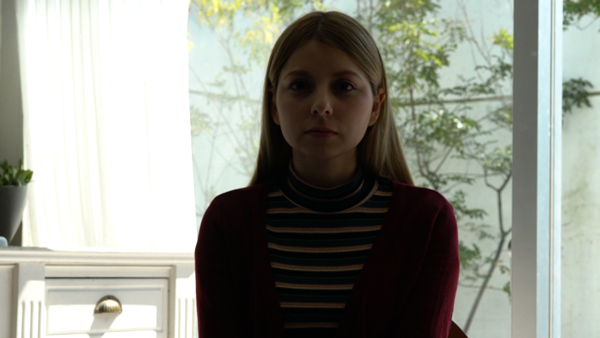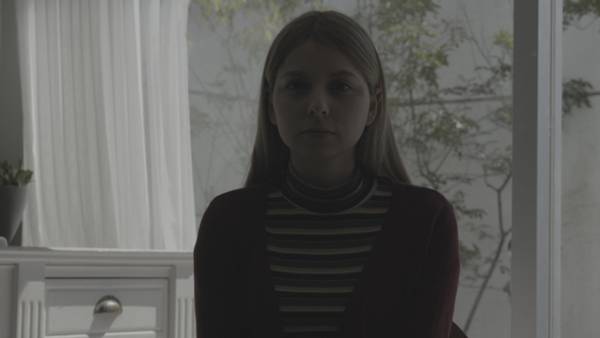Support / Contact Us

The key to true flexibility in postproduction is recording with a wide gamut and dynamic range. Shooting in S-Log provides just this kind of creative freedom. See how to pursue your vision with this versatile technique, from S-Log recording to grading.
First, see for yourself how dramatically color grading can change the look of a scene.
This scene was shot in S-Log.
Log technology was originally used in digitizing movie film, after which it was adopted in digital cinematography.
S-Logs are gamma curves developed by Sony to preserve more of the information captured by image sensors. Because video shot this way will be color graded, you will set a combination of gamma curve and gamut (specifically, an S-Gamut), with broader gamuts enabling you to retain more image information.
Now that 4K video with four times the resolution of HD is increasingly common, we have finally entered an era when digital cinema can surpass the quality of film.
Shoot with a combination of S-Log and S-Gamut, and your material can retain a wider color gamut, dynamic range, and tonal range than with traditional techniques. This image information provides exceptional flexibility in color grading, as you give scenes the look you envisioned.
Even subjects that otherwise tend to look under or overexposed are captured with gradation intact in S-Log footage and can be edited to bring them closer to the original image. Being able to produce richly nuanced scenes from material that was once challenging—backlit scenes, people in bright sunlight, or scenes with clouds or the sky—is a decisive advantage of shooting in S-Log.

